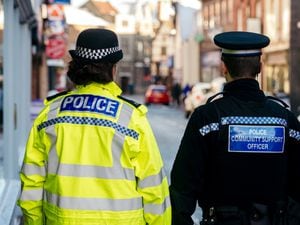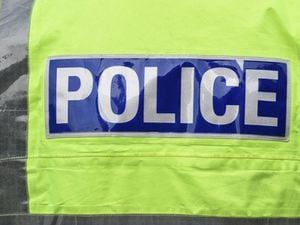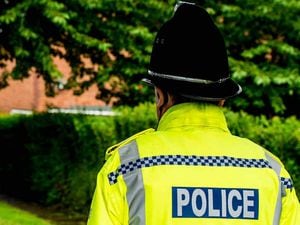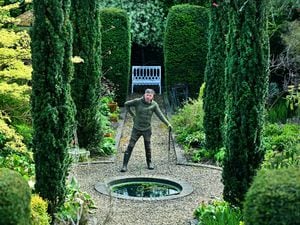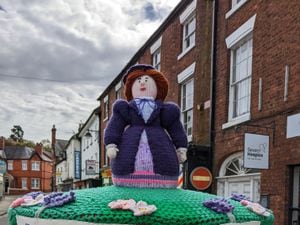Princes in the Tower: Shropshire links to tragic royal whodunnit
Shropshire's part in one of the most enduring mysteries of history comes under the microscope in a new book – although the author says traces of it in Shrewsbury have been "decisively obliterated" by the passage of time.
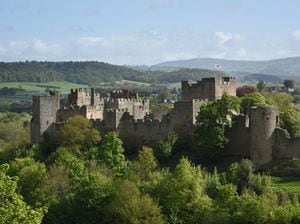
Author Andrew Beattie follows in the footsteps of the ill-fated Princes in the Tower from early days in Shropshire to their disappearance after being held captive in the Tower of London.
The children, Edward and his younger brother Richard, were the sons of Edward IV, and heirs to the throne.
The villain of the piece is generally portrayed as their uncle, Richard III who, many believe, had them bumped off so that he could become king instead.
Prince Edward was brought up as a Shropshire lad, being sent by the king to the royal seat at Ludlow Castle at the age of two.
"At Ludlow, Edward Plantagenet was raised to be king. But no-on around him could have guessed that he would assume the mantle of kingship so young," says Beattie, who looks at the historical facts and also how the affair has been portrayed by novelists and playwrights, such as Shakespeare.
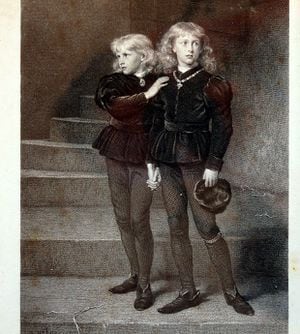
He says Ludlow is not the only Shropshire town to have played its part in this slice of history.
"Shrewsbury's role in the story of the Princes In The Tower is significant, yet so much is gone from that era, so much of the detail is conjecture or supposition, that it is difficult to get a real idea of how anything that can be seen in the modern town contributes to a deeper understanding of their story."
Edward came to the county town to worship in the abbey and pray at the shrine of St Winifred on a number of occasions.
The most momentous of his stays came when, still not aged three, he was present with his father while his mother gave birth to his brother, Richard.
"He was born on August 17, 1473, in Shrewsbury's Dominican, or Black, Friary. Today no traces of it remain and the location is marked by nothing more exceptional than a grassy bank that rises from a pleasant riverside walk, busy with cyclists and joggers, to some smart flats, named the Blackfriars apartments, after the building that once stood there.
"There is nothing else. A plaque might be nice.
"Of all the places associated with the princes and their story, this is one whose historical traces have been most decisively obliterated by the inexorable passage of time."
The king died unexpectedly on April 9, 1483.
"So when 'the king's messengers arrived at Ludlow, mud-spattered and weary' some five days later, the news they brought came as a bolt from the blue."
Preparations were made to travel from Ludlow to London for the coronation of 13-year-old Edward, but he was intercepted on the journey and held in the Tower of London, to be joined later by his younger brother. Neither were seen alive again.
The bones of two children were found during alterations at the tower in 1674 and an extensive report in 1934 was convinced they were the princes, although the findings have been called into question. In any event, the fate of the pair remains a fascinating historical whodunnit.

